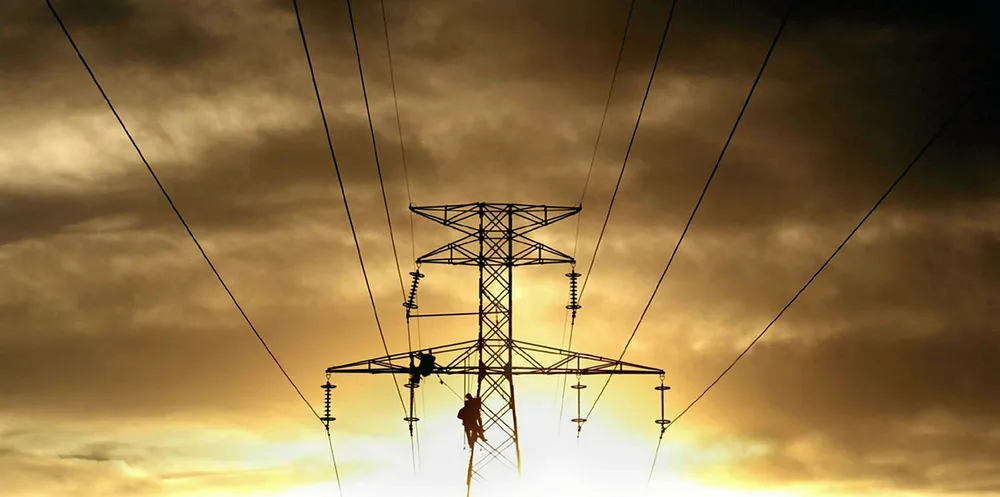Terawatt-scale offshore wind may face power bottleneck crisis on land, Recharge event warned
Planning must start now for massive transmission to demand centres, Digital Roundtable hears

Planning must start now for massive transmission to demand centres, Digital Roundtable hears
